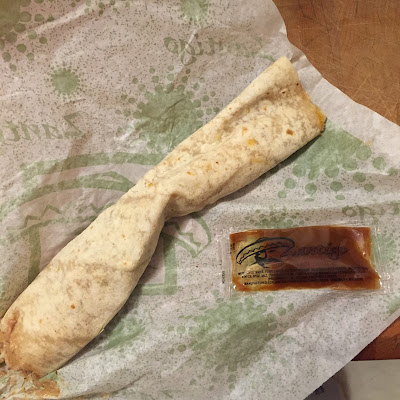You say Brunost, I Say Mesost: Travelling Cheese

When I began taking Swedish language class I was most excited to learn the food words. Many are similar to English, such as bröd, kaka, potatis, kräm, and kaffe (which mean bread, cake or cookie, potato, cream, and coffee). Others were unfamiliar, like ost, smör, köttbulle, and sill (cheese, butter, meatball, and herring). Researching food traditions specific to Småland, I came across recipes for ostkaka (cheesecake). How intriguing! Swedes have been preparing this dessert for generations, and often serve it with fruit toppings.
Ann, a participant in my research study, told me an interesting story about an unsweetened soft cheese recipe her family always referred to as brunost. But her recipe is nothing like traditional brunost, and we were left with an evolutionary mystery. Ann believes her recipe is close to traditional ostkaka, but it lacks sweetener.
Brunost (brown cheese), is a Norwegian whey cheese that is also made in Sweden (mesost). Named for the goat milk it contained, brunost was originally called gjetost (goatcheese) and is getost in Swedish. Gjetost is widely available in Minnesota grocery stores.
Somewhere along the time line gjetost became known as brunost, referring to the rich caramelized color of the cheese and now available made from cow milk. The rich color is a result of the milk sugars caramelizing after prolonged boiling.
Daisy, another participant in my study, spoke of her mother making brunost 70+ years ago. “They had wood stoves so they would put the milk in a container on the stove and first it got to be cottage cheese and then it was the whey and then she made something with that and it was brown yummy sweet cheese like they have (in Norway). We called it messmör.”
Messmör is a spreadable version of mesost, and is often found in a tube (Swedes have a fabulous obsession with tubed foods). “It’s kind of a softer cheese and a sweeter cheese and not real strong like goat cheese.”
Fast forward to last month. In the cheese aisle at my local grocer I found yet another version of this misunderstood commodity. The package on the Wisconsin version, called Brun-uusto, claimed the baked cheese originated in Finland and Sweden. Could this be yet another version of brunost? I purchased the cheese to serve at our lefse making party.
Upon further (web-based) research I learned that Brun-Uusto is a version of leipäjuusto, or juustoleipa, a Finnish and Lapland cheese varietal. The Finnish name translates as bread cheese. Traditionally made from reindeer or cow milk, it is a pressed curd cheese that is toasted (thus the bread reference).
We served the Brun-uusto with lingonberries and lime tortilla chips. Rather fitting for us to serve such a fusion considering the rambling road and mysteries of Scandinavian cheeses, especially once they land on American shores.



Comments